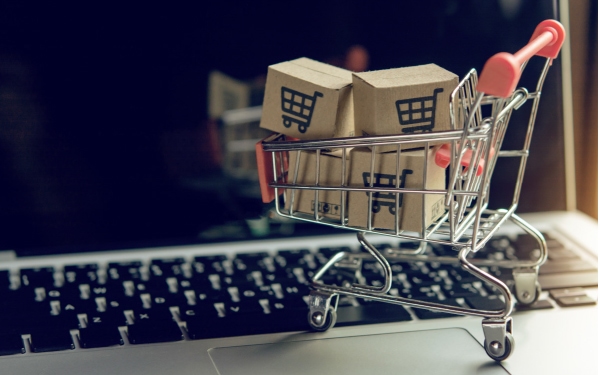Consumers Go on an Online Spending Spree

Despite current worries about an economic downturn, consumers are still shopping—especially online. And retail logistics companies keep shipping products. As a result, the global retail logistics market is forecast to jump from $231 billion USD in 2021 to $622 billion USD by 2030. That computes to a 12% compound annual growth rate over that time.
That’s the prediction made by Acumen Research and Consulting in its Retail Logistics Market, Share, Analysis Report and Region Forecast, 2022- 2030 report. It credits the surge in e-commerce and global customers’ increasing digital literacy for the boom in online sales. And as smartphones and internet access spread to more and more markets, online shopping will only continue to grow.
The report surveyed key market players such as APL Logistics, C.H. Robinson, A.P. Moller–Maersk, DSV, DHL, FedEx, Nippon Express, Kuehne + Nagel, UPS, Schneider, and XPO Logistics.
Behind the good news, though, is the pandemic’s ongoing impact. The report contends that the pandemic has hurt the global economy in three ways:
1. It has damaged profitability.
2. It has directly harmed production and demand.
3. It has depleted capital and cash flows.
As a result, retail logistics companies are still struggling to regain their footing and learning, on the fly, how to meet customer behaviors that have changed because of the pandemic, says the report. Additionally, it notes that retailers are also dealing with a data shortage and declining revenues.
On the bright side, increased use of robotics and robotic process automation has greatly helped global retail logistics market value, and robotics will only become more important to the sector moving forward.
On top of that, the growth of big data analytics in retailing and, by extension, retail logistics operations, will help supply chain companies identify bottlenecks and streamline the flow of goods and resources.
